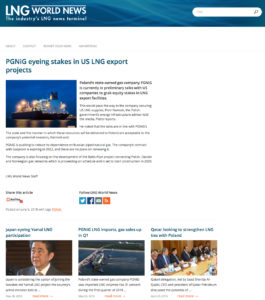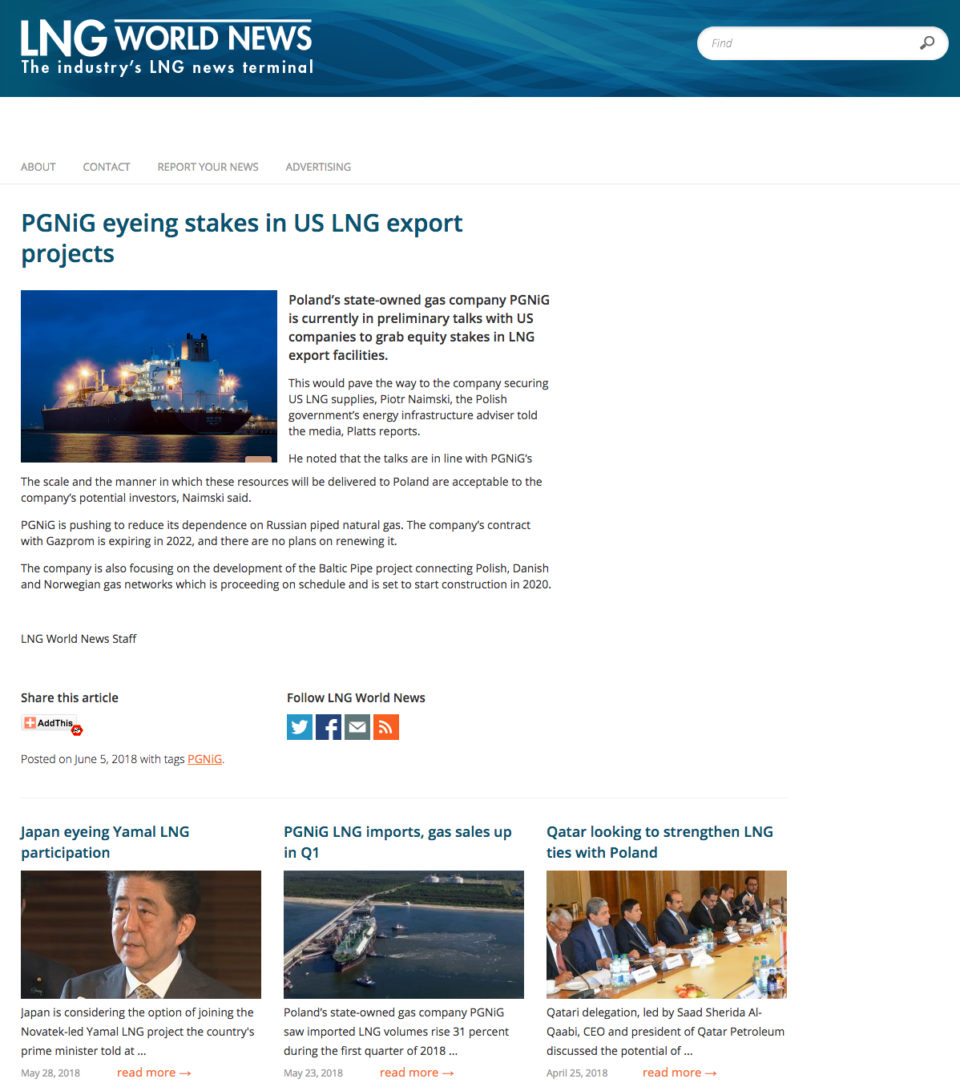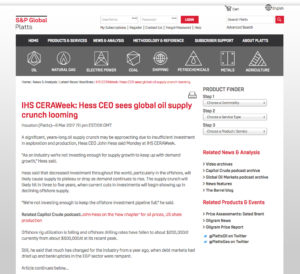 OEF REVIEW:Ship tracking data, sourced from Bloomberg, shows that 83 supertankers carrying around 166 million barrels of oil are headed to China, which has stockpiled an impressive 787,000 barrels a day in the first quarter of 2016 – the highest Chinese oil stockpiling rate since 2014. Additionally, in January 2015 it was reported that China’s strategic petroleum reserve would be increased from 30 days to 90 days. Later in January 2016, it was revealed that China was building underground oil storage facilities to complement its above-ground storage tanks. So it could be considered in the light of this that in contrast to Saudi Arabia, which is a swing producer, China is acting like a swing consumer. Such increased demand from China has helped in lapping up excess oil production, and if If its imports drop, according to Oil Price, the world will return to the oil supply glut and oil prices will retrace back to the lower $30 a barrel.
OEF REVIEW:Ship tracking data, sourced from Bloomberg, shows that 83 supertankers carrying around 166 million barrels of oil are headed to China, which has stockpiled an impressive 787,000 barrels a day in the first quarter of 2016 – the highest Chinese oil stockpiling rate since 2014. Additionally, in January 2015 it was reported that China’s strategic petroleum reserve would be increased from 30 days to 90 days. Later in January 2016, it was revealed that China was building underground oil storage facilities to complement its above-ground storage tanks. So it could be considered in the light of this that in contrast to Saudi Arabia, which is a swing producer, China is acting like a swing consumer. Such increased demand from China has helped in lapping up excess oil production, and if If its imports drop, according to Oil Price, the world will return to the oil supply glut and oil prices will retrace back to the lower $30 a barrel.
 Poland’s state-owned gas company, PGNiG, is currently in preliminary talks with US companies to grab equity stakes in LNG export facilities, so paving the way to the company securing US LNG supplies.
Poland’s state-owned gas company, PGNiG, is currently in preliminary talks with US companies to grab equity stakes in LNG export facilities, so paving the way to the company securing US LNG supplies.


 A significant, years-long oil supply crunch may be approaching due to insufficient investment in exploration and production, Hess CEO John Hess said at the IHS CERAWeek, and this will begin showing up in declining offshore supply. He added that “The shale business is back in business and starting to grow again,” but such growth in US shale would not be enough to meet global oil demand, which the International Energy Agency has projected to grow between 1.4-1.6 million barrels a day over this year and the next.
A significant, years-long oil supply crunch may be approaching due to insufficient investment in exploration and production, Hess CEO John Hess said at the IHS CERAWeek, and this will begin showing up in declining offshore supply. He added that “The shale business is back in business and starting to grow again,” but such growth in US shale would not be enough to meet global oil demand, which the International Energy Agency has projected to grow between 1.4-1.6 million barrels a day over this year and the next.